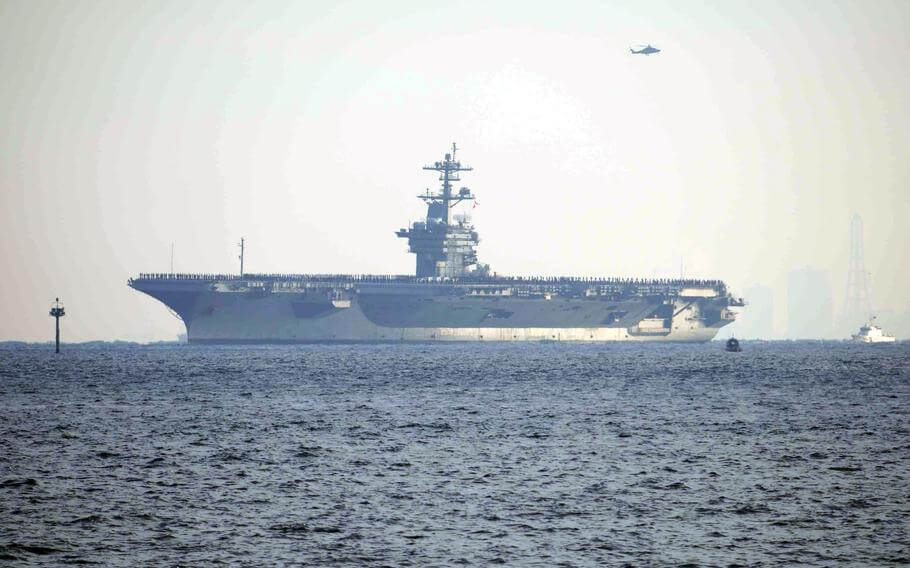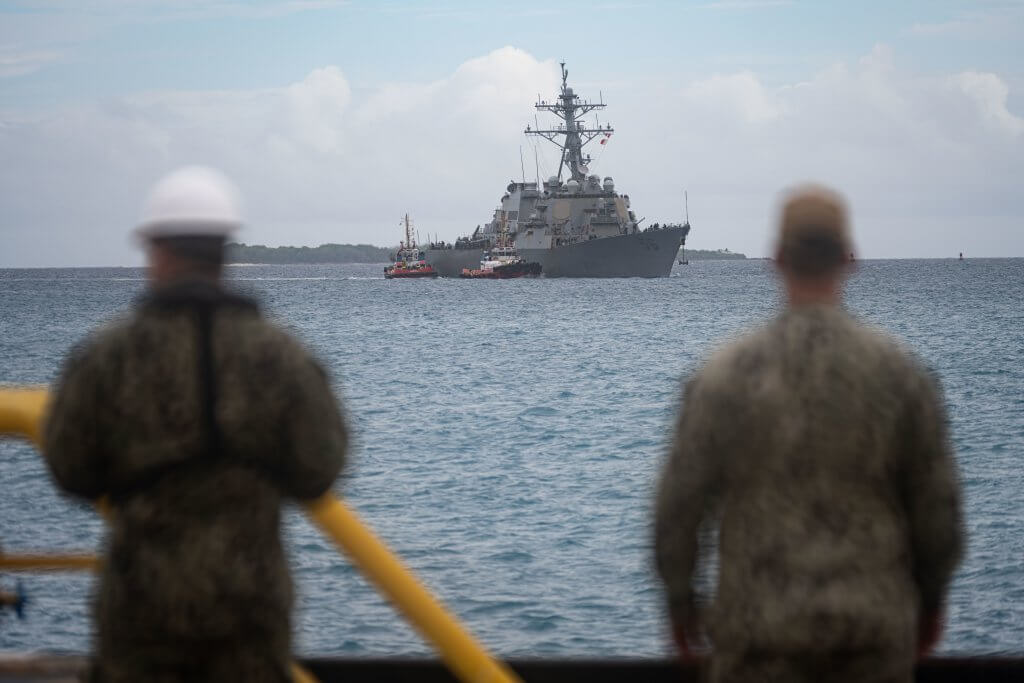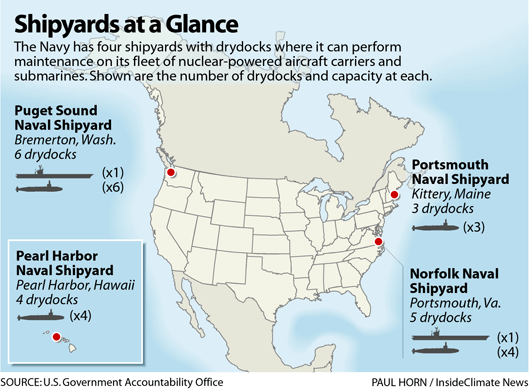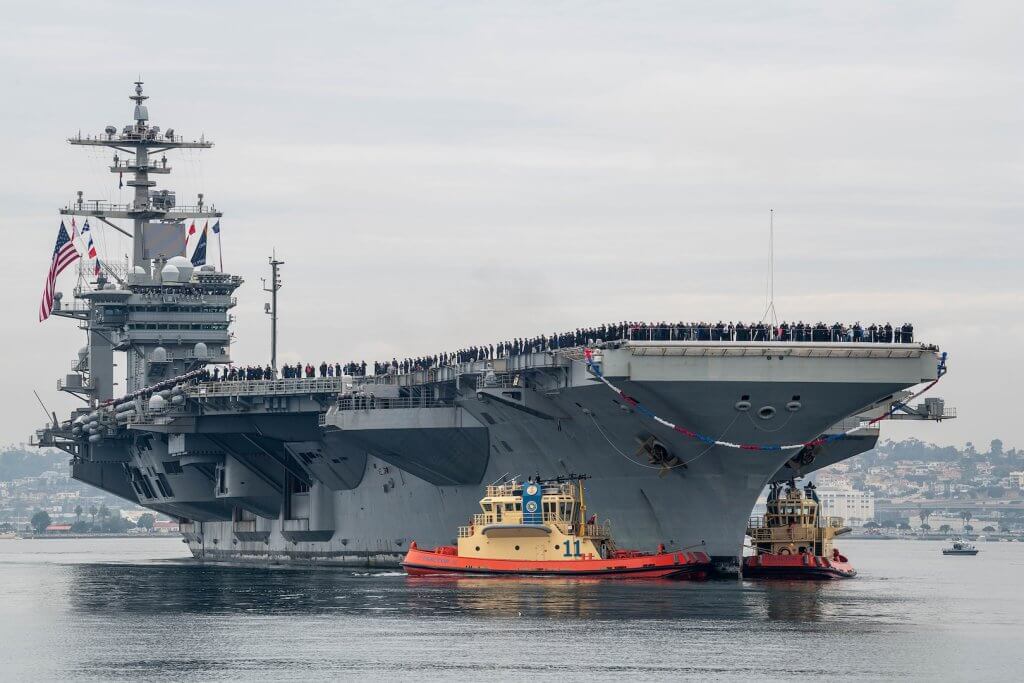
Introduction: A Decision Made in Haste

The December 2024 renewal of the U.S.-China Science and Technology Agreement (STA) has left some Americans questioning its timing and rationale. While the original 1979 agreement aimed to foster collaboration and mutual respect, today’s geopolitical realities demand a more cautious approach. As an American deeply concerned about our nation’s security and technological leadership, I share the frustration of Senators Marco Rubio, Bill Hagerty, and Jim Risch, who criticized this rushed decision. Senator Risch aptly noted, “The era when this agreement made sense is long gone,” a sentiment that reflects the growing consensus among those wary of China’s strategic ambitions.
Historical Context: Cooperation vs. Competition
The STA, first signed under President Jimmy Carter and Premier Deng Xiaoping, symbolized a hopeful era of collaboration. It was a landmark moment in U.S.-China relations, with industries and policymakers believing that shared knowledge could lead to mutual prosperity. However, over the decades, successive administrations—Republican and Democratic alike—failed to reassess the agreement’s implications. Instead, they allowed industries to prioritize market access over national security, kicking the proverbial can down the road.
Now, as the stakes grow higher, the optics of renewing this agreement without public scrutiny are troubling. Worse, the decision was made just before a presidential transition, effectively denying the incoming administration an opportunity to weigh in. This lack of transparency is a glaring issue, especially given how previous agreements with China have often left the U.S. vulnerable.
The Costs of Neglect: Knowledge Shared, Power Shifted
The consequences of this complacency are clear:
Industrial Espionage: Cases like Motorola and Micron Technology illustrate how China has systematically exploited intellectual property to advance its technological and military capabilities.
Military Implications: From stealth fighters to missile technology, stolen innovations have directly bolstered China’s ability to challenge U.S. military dominance.
A Navy Left Holding the Line
While industries reaped profits, the Navy was left to address the fallout:
Countering Advanced Threats: The Navy now faces adversaries equipped with technologies once exclusive to the U.S., making global readiness more challenging.
Strategic Vulnerabilities: Decades of neglect have created gaps in naval capabilities, leaving our sailors to pick up the pieces without the tools they need.
A Call for Accountability and Action
The renewal of the STA should have been an opportunity for reevaluation, not a rushed decision made behind closed doors. While the updated agreement includes some safeguards, such as excluding critical technologies like AI and quantum computing, these measures fall short of addressing the broader risks.
As Dr. Steven T. Wills, Ph.D., Captain (USN Retired), author of Strategy Shelved: The Collapse of Cold War Naval Strategic Planning and Senior Advisor for American for a Stronger Navy, explains: “The renewal of the U.S.-China Science and Technology Agreement must be viewed with a critical eye, especially given China’s consistent exploitation of open collaborations to advance its military and technological objectives. As a former U.S. Navy officer and author focused on strategic naval planning, I’ve seen firsthand how seemingly innocuous decisions can have long-term implications for national security. This agreement, while framed as a step forward in modernizing cooperation, risks overlooking the broader strategic context. If we fail to adopt a comprehensive approach that aligns scientific collaboration with national security, we risk repeating the mistakes of the past—leaving our Navy and national defense community to address the consequences without adequate tools or support. The time for a unified, forward-looking strategy is now.”
Dr. Wills’ perspective highlights a critical point: this isn’t just about protecting intellectual property—it’s about ensuring that strategic decisions today don’t leave the Navy and the broader defense community vulnerable tomorrow.
The renewal of the STA should have been an opportunity for reevaluation, not a rushed decision made behind closed doors. While the updated agreement includes some safeguards, such as excluding critical technologies like AI and quantum computing, these measures fall short of addressing the broader risks.
It’s time to demand:
Comprehensive Evaluation: Policymakers, industry leaders, and defense experts must scrutinize agreements like the STA to ensure they align with national security interests.
Support for the Navy: Our sailors deserve the resources and tools necessary to address the consequences of decades of neglect.
A Unified National Strategy: The U.S. must adopt a cohesive approach to balancing innovation with security, ensuring industries that benefited from globalization contribute to safeguarding national interests.
Conclusion: Enough Is Enough
The optics of this renewal are undeniably poor. It sends the wrong message at a time when China has consistently exploited partnerships for strategic gain. Americans for a Stronger Navy stands for transparency, accountability, and vigilance. We cannot afford to be naïve or complacent when the stakes are so high.
As someone who served in the U.S. Navy during the Cold War, I’ve had enough of watching decision-makers prioritize short-term gains over long-term security. In upcoming podcasts, we will examine this agreement and its implications in greater detail, bringing together experts to discuss how America can reclaim its leadership in science and technology while safeguarding its future.
It’s time for all Americans—especially industries that have profited most—to step up and support the Navy and national security. This isn’t just about science; it’s about our freedom, our future, and our ability to stand strong in the face of growing challenges.









